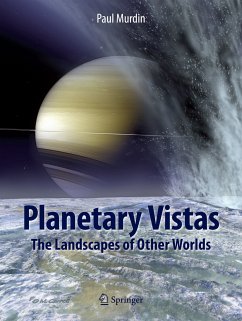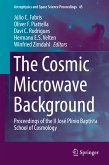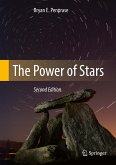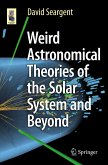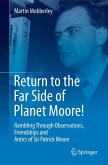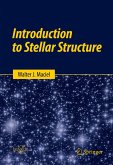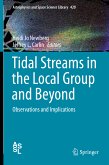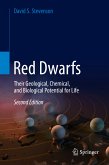There is more than scientific interest in these views. They are also aesthetically beautiful and intriguing, and Dr. Murdin in a final chapter compares them to terrestrial landscapes in fine art.
Planetary Vistas is a science book and a travel book across the planets and moons of the Solar System for armchair space explorers who want to be amazed and informed. This book shows what future space explorers will experience, because these are the landscapes that astronauts and space tourists will see.
Dieser Download kann aus rechtlichen Gründen nur mit Rechnungsadresse in A, B, BG, CY, CZ, D, DK, EW, E, FIN, F, GR, HR, H, IRL, I, LT, L, LR, M, NL, PL, P, R, S, SLO, SK ausgeliefert werden.

